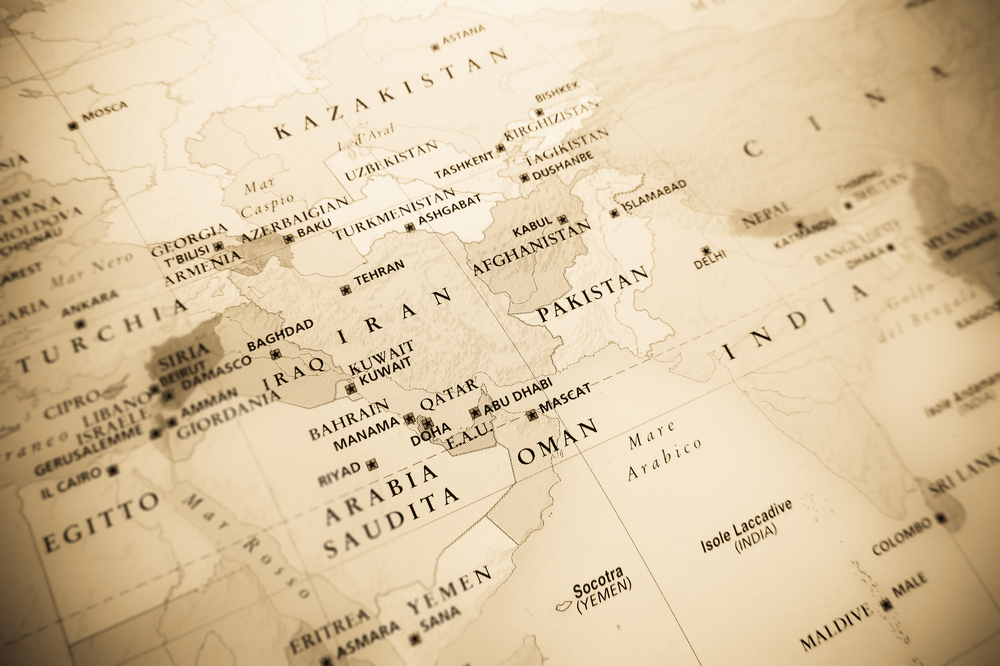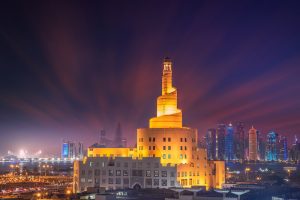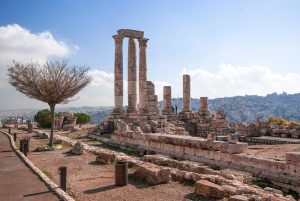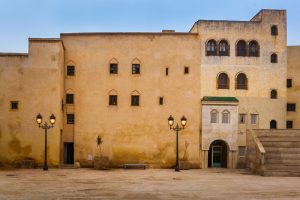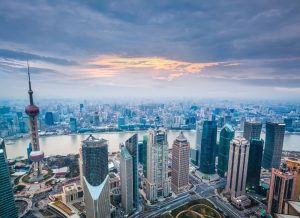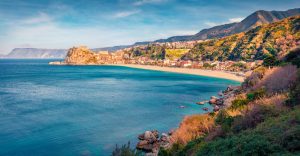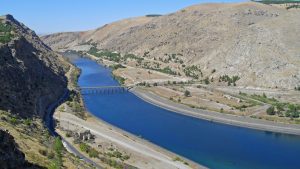Southwest Asia is a mixture of picturesque, war-torn countries. Some of the richest countries in the world are in Southwest Asia, but unfortunately, so are many countries struggling with decades-long conflicts.
Yet, millions of tourists flock to that region every year. So, which countries are in Southwest Asia?
Fifteen countries make up the region of Southwest Asia. They are Saudi Arabia, Yemen, Iran, Qatar, Oman, United Arab Emirates, Bahrain, Iraq, Kuwait, Jordan, Israel, Cyprus, Lebanon, Syria, and Turkey.
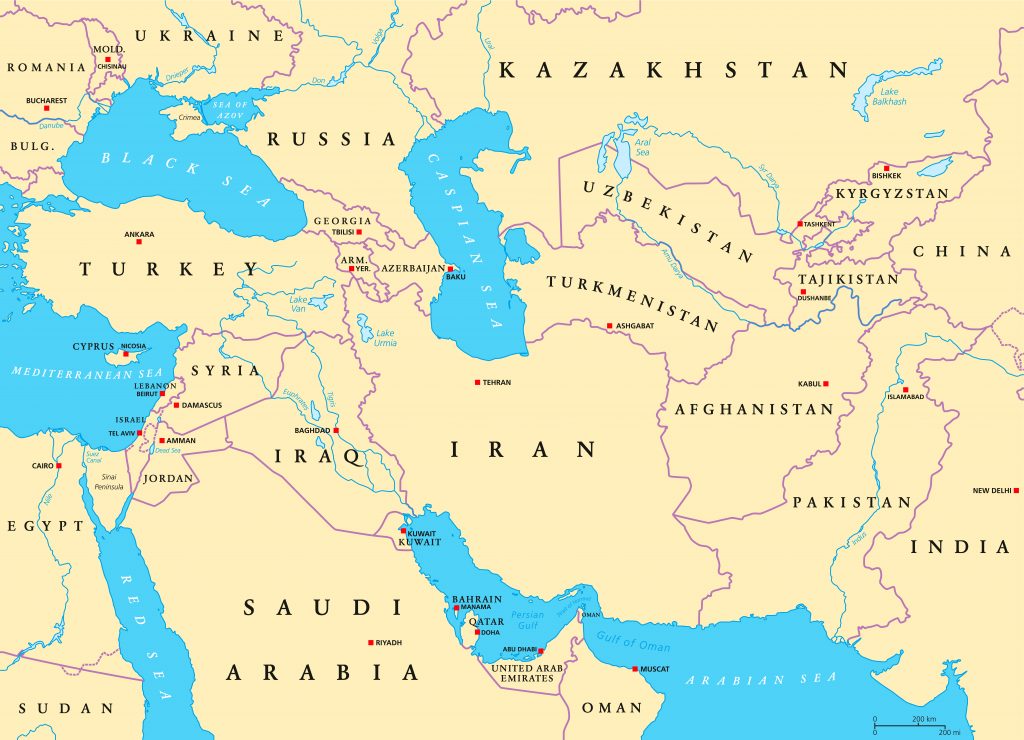
This region also goes by the name the Middle East.
Table of Contents
What natural resources is Southwest Asia known for having?
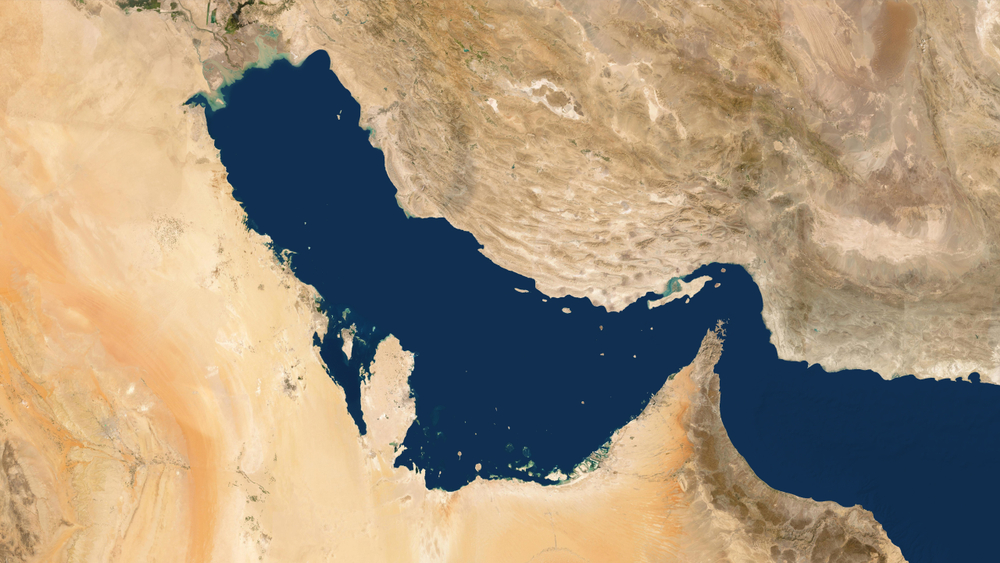
Historically, the region’s inhabitants have been influenced by water scarcity. Natural oil and gas are the primary sources of energy.
Southwestern Asia has the greatest known petroleum deposits on the planet. The vast majority of them are found in and around the Persian Gulf.
Which Southwest Asian countries own the most oil resources?
More than half of the world’s known oil is held by the five countries that border the Gulf of Aden: The United Arab Emirates, Kuwait, Iraq, and Saudi Arabia.
The majority of their oil is shipped to developed nations.
A few people in the exporting regions have reaped enormous benefits from the profits made from the sale of petroleum.
This money has unfortunately only been employed in a few places to enhance the welfare of citizens or bring about modernity. Mineral resources are also abundant in the area.
A substantial amount of coal may be found in the countries of Iran and Turkey.
Iraqi, Israeli, and Syrian mines produce phosphates, a fertilizer ingredient. Countless mineral resources were identified by American researchers in Afghanistan from 2006 to 2010.
Rare earth elements utilized in the production of electrical devices were among the metals found in the ore.
What is Southwest Asia’s richest country?
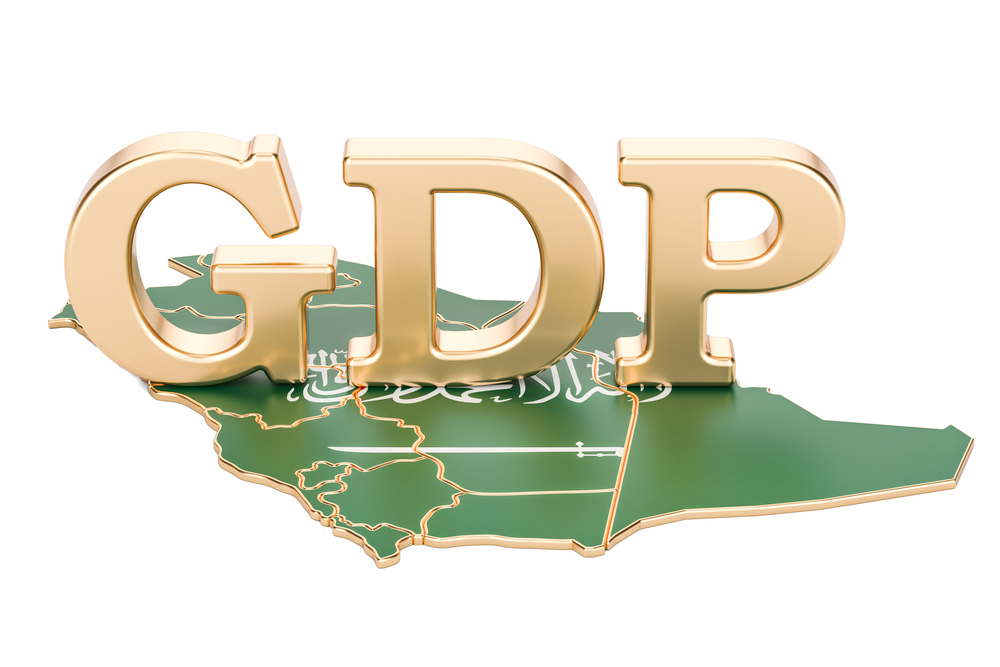
As the region’s largest country, Saudi Arabia also boasts the greatest GDP per capita, at $128,000. As a result of harnessing its gas deposits, it has become incredibly wealthy.
Qatar has developed a rentier economy with the help of its hydrocarbon businesses and has also developed the world’s largest sovereign wealth fund per capita.
The government does not consider economic diversification important due to the small population of less than a million people.
Regimes in the Middle East range from hydrocarbon-exporting rent-seekers to controlled communist economies and unrestricted economies.
The region’s most well-known export is oil, which has a substantial economic impact and makes use of a large number of local workers.
Many nations in the area have made attempts to broaden their markets in recent times.
What is Southwest Asia’s geography like?
Let’s examine Southwest Asia’s geography, the region’s appearance, and natural characteristics.
Southwestern Asia encompasses the region from the Arabian Gulf to the Black Sea, in the north and the south.
The Mediterranean Sea forms its western border and sweeping mountains in the east link it to Central Asia. It’s clear that the area has a lot of water, but the vast majority of it is saline.
What are the landforms in Southwest Asia?
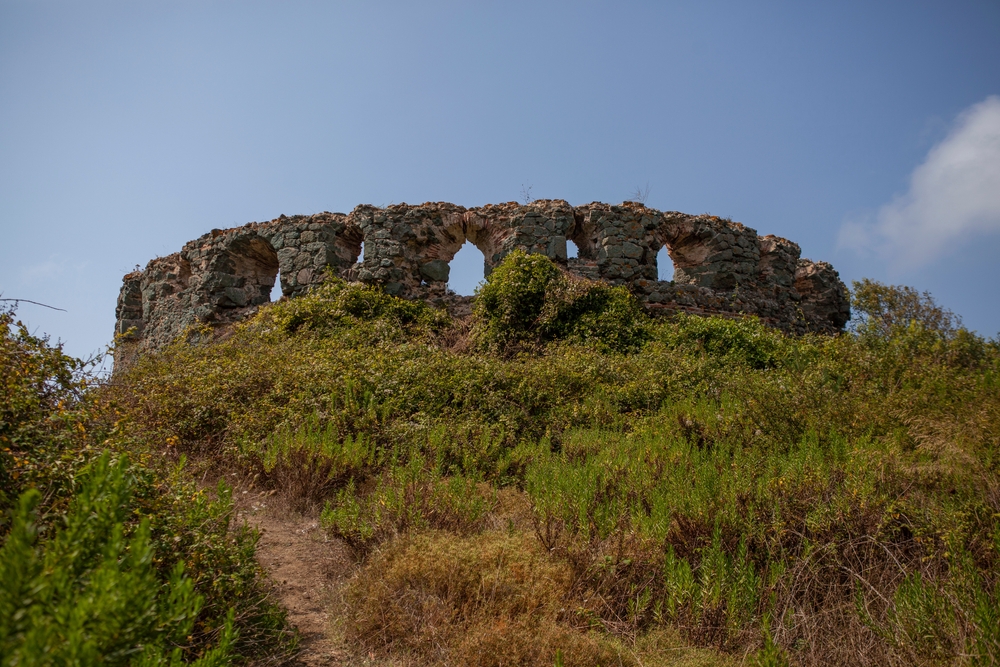
Southwest Asia has a bad reputation for being a barren wasteland, but there is much more than that. In addition to the deserts, there are two large peninsulas around the entire region.
Located amid the Mediterranean Sea and the Black Sea is the Anatolian Peninsula, which is what we now refer to as Turkey.
The Arabian Sea, the Red Sea, and the Persian Gulf are separated by the Arabian Peninsula to the south.
Southwest Asia is known for its hot and arid climate. Because of the region’s dry environment, water is at a premium in Southwest Asia.
The region indeed receives fewer than 18 inches of rain per year on average. As a result, during the dry season, the wadi, or parched watercourse, is prevalent.
Haboobs, enormous sandstorms, might also be expected.
Is there a reliable water supply in Southwest Asia?
Yes, at least for some sections. Some countries in this region receive regular rainfall and have ample springs for clean water, in addition to the various saltwater oceans we’ve just described.
In southern Italy or Greece, or territory between the Euphrates and Tigris rivers, (the two major rivers), the weather is typically nice.
The Tigris and the Euphrates run parallel through Turkey, Iraq, and Syria.
They are separated by a rich river valley, and most archaeologists believe that agriculture was created here by humankind thousands of years ago.
A half-moon-shaped zone with wonderful soil and healthy agriculture is formed by this region’s rich soil and the Mediterranean’s lush beaches.
For all of these reasons, historians refer to this region as the Fertile Crescent.
Who benefits most from the Southwest Asian rivers?
Due to the Euphrates and Tigris rivers beginning in Turkey’s mountains, the nation is regarded as having water dominance in Southwest Asia.
What type of animal life does Southwest Asia have?
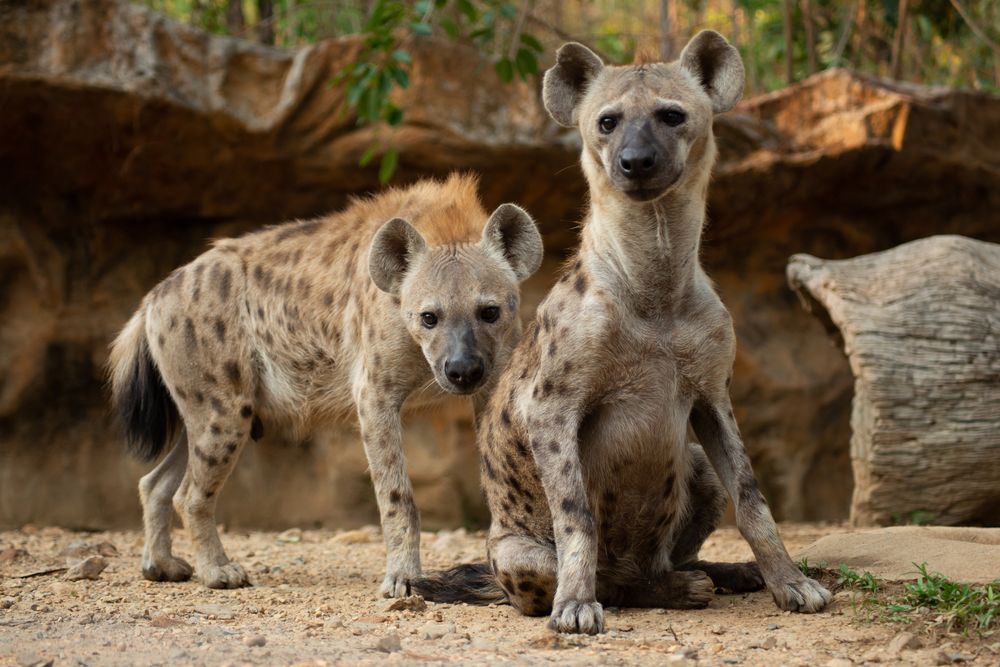
Alluvial plain eucalyptus groves have been overrun by wild pigs, which can be found in the marshes as well as in recently planted areas.
Southern Iraq is home to jackals, hyenas, and mongooses, as well as a huge kind of Indian jungle cat that is rumored to still exist in distant tamarisk thickets.
The last time lions were seen in this area was in 1926.
The alluvial plain is home to a wide variety of wildlife, including foxes, wolves, and gazelles, some of which may be found as far northward as central Anatolia.
You can come across animals like gerbils and desert rats among the smaller creatures, as well as species such as hedgehogs and otters, jerboas (desert rats), hares, shrews, and bats.
Owls, crows, sand grouse, scrub warblers, bulbuls, and babblers, as well as a diversity of vultures, eagles, falcons, and hawks, are some of the species that make the area home.
Birds migrating between Europe and Asia, including storks, pelicans, and a variety of geese, can be seen flying across areas of the region in spring and fall.
What types of reptiles can you find in Southwest Asia?
Tiny cobras, vipers, and a range of nonvenomous snakes are among the most widespread snakes. Lizards can grow to nearly two feet in length (0.6 meters).
The rivers and marshes are full of frogs, toads, and turtles, which can be found in plenty.
The Tigris-Euphrates system’s major freshwater fish are members of the carp family.
There have been reports of barbels reaching as much as 300 pounds (135 kilograms). Catfish and spiny eels can be found in a variety of forms.
In addition to anchovies, gar, and sea bream, the Ganges shark has also been reported to reach Baghdad, where it has been found in the upper reaches of the river.
What people live in the Tigris-Euphrates valley?

People from the Arab world populate the lower reaches of the Tigris and Euphrates, while Turks and Kurds occupy the upper reaches.
Both Shiite Muslims and Sunni make up the area’s populace, with densities varying by area in southern Iraq; Jews, Christians, and other minorities live in the area, although their numbers are declining.
People living along the banks of the rivers perform animal breeding or agriculture, away from the cities and towns.
The nomadic lifestyle of the few remnant desert Bedouins contrasts with the more settled conditions of the peasants (fellahin) in agricultural areas.
Throughout the latter half of the twentieth century, the fellahin’s customary way of life in Iraq was severely disrupted by both broad social pressures and prolonged war.
Conflict and upstream water diversion have disturbed even the formerly secluded Madan, or Marsh Arabs, who had long inhabited the broad palustral triangle between Bar’ah, Al-Amrah, and Al-Nasiriyah as well.
Why is Southwest Asia called the Middle East?
As Europeans considered the region as a midway point between Europe and East Asia, they named it the Middle East.
Because of the region’s strong ties to the Asian continent, some people call it Southwest Asia.
Because of its historical context, many people will no longer use “Middle East,” considering it to be politically incorrect.
What are the people of Southwest Asia’s languages, religions, and ethnicities?
There are mainly Arabs in the region, but there are also Samaritans, Assyrians, Zazas, Shabaks, Berbers, Kurds, Persians, and Turkic Arameans in the rest of the population.
The Middle East is home to a diverse range of Arabic dialects.
Most countries in the region use literary Arabic as their official language. Persian, Turkish, Hebrew, Kurdish, Armenian, Greek, and English are among the other languages spoken.
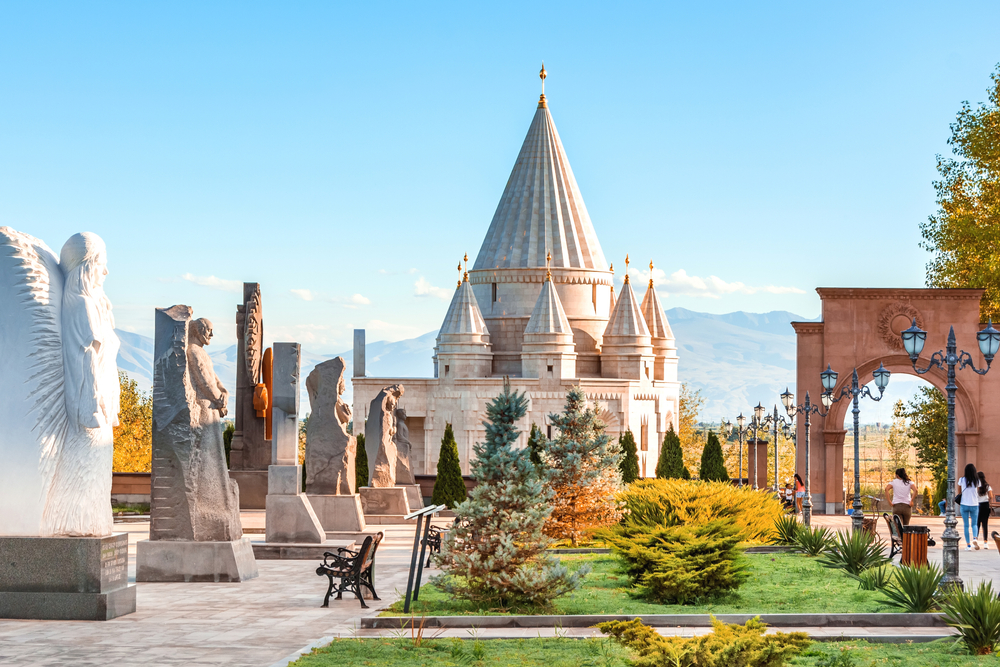
Islam, Christianity, and Judaism are three of the world’s most popular religions, and their roots may be traced to the Middle East.
Even in the contemporary day, the Middle East is home to numerous followers of these faiths. Mandaeism, Shabakism, Baha’i Faith, and Yazidism are also prevalent in the area.
What is the climate like in Southwest Asia?
Southwest Asia is largely desert, or at least quite dry. Most of the Arabian Peninsula and significant swaths of Iran are covered by deserts.
There is a possibility of temperatures reaching 129 degrees Fahrenheit (54 degrees Celsius). Wadis, or dry streambeds, burst into life when the rains come, releasing torrents of water.
In a few hours, seeds begin to emerge, turning the plains a vibrant green. Dry zones are characterized by semi-arid or dry areas on the periphery. These are found in the mountains and highlands.
The climate is considered mediterranean along the shores of the Mediterranean and Aegean, as well as much of western Turkey.
Winters are warm, with little snowfall and little rain. In the summer, it is hot and dry. Continental climates can be found in the highlands of eastern Turkey, west Iran, and central Afghanistan.
Summer and winter temperatures are vastly different. There is a highland climate in the Hindu Kush mountain range. Among their tallest peaks, glaciers can be discovered.
Which Southwest Asian desert is the largest?
Nearly the whole Arabian Peninsula is covered by the vast Arabian Desert, a dry and desolate expanse in extreme southwest Asia.
It is the second-largest desert in the world, after the Sahara in northern Africa, with an area of about 900,000 square miles (2,300,000 square kilometers).
There are four regions of the Arabian Desert: The Syrian Desert to the north, to the northeast and east of the Persian Gulf and the Gulf of Oman, to the southeast and the southern Gulf of Aden, and the western Red Sea.
Saudi Arabia is home to a substantial portion of the Arabian Desert.

